The 10 Biggest Chip Stories Of 2010
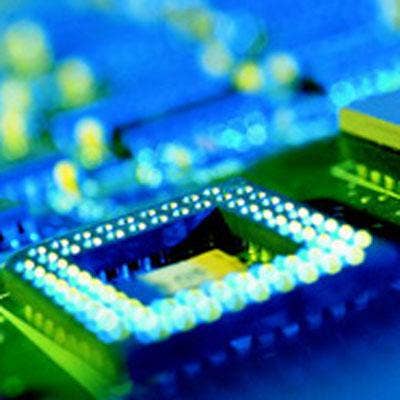
A Big Year For Chips
The semiconductor industry saw a number of significant product launches in 2010, from Nvidia's Fermi graphics cards to AMD's Fusion CPU-GPU platform and Intel's 32nm chips. All the while, key acquisitions, major legal settlements, and a baffling episode involving fake processors have kept industry players and analysts on their toes. Here's a closer look at the top chip stories of 2010.
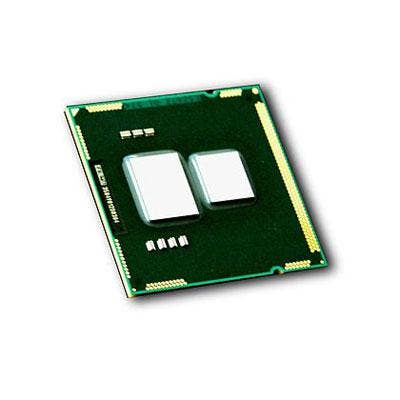
1. 32(nm) Is The Magic Number
On January 7 at CES 2010, Intel launched its first 32-nm processors based on its Arrandale (mobile) and Clarkdale (desktop) platforms, which were the result of a huge multibillion R&D investment by the chip giant. All in all, Intel introduced four Core i3, eight i5, and five i7 chips at CES -- all with Intel's Hyper-Threading technology for multitasking. The i5 and i7 processors also come with Intel's Turbo Boost technology for adaptive performance, which is designed to automatically accelerate performance by adjusting to the workload, providing an extra "boost" in performance when needed. The introduction of 32-nm chips was heralded by Intel as a major step forward in the evolution of microprocessor architecture.
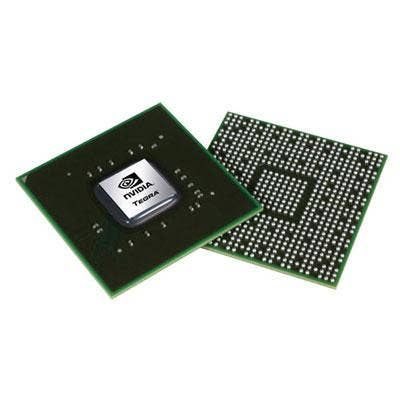
2. Lions, Tegras And Bears, Oh My!
Another chip company made a splash at CES 2010 when Nvidia introduced its second-generation version of the Tegra mobile processor, which the company aimed squarely at the tablet market. During its CES press conference, Nvidia showed off a host of prototype and forthcoming tablet devices using its Tegra 2 platform from manufacturers such as Asus and MSI. The Tegra 2 processor, which features higher processing power but with lower energy consumption and less heat, can now be found in new tablet devices such as LG's Star, Viewsonic's G Tablet, and Toshiba's Folio 100 among others.
As a result, Nvidia jumped out ahead of bigger rivals Intel and AMD this year in the tablet market, which exploded when Apple released the iPad last spring. Oh, and the company is also pushing Tegra at next-generation smartphones.
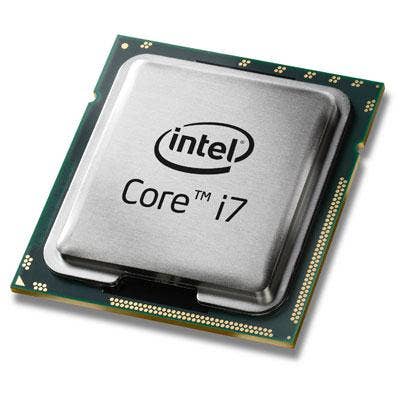
3. The Fake Intel Chip Fiasco
It all started last March when some unlucky NewEgg customers discovered they had purchased phony Intel Core i7 processors. Some of those customers took to the Internet and posted photos and videos showing non-functional chips packaged in fake Core i7-logoed boxes.
One tech blog falsely accused D&H Distributing as the source of the fake Intel chips. NewEgg eventually identified Ipex Infotech, a Fremont, Calif.-based technology distributor, as the source of fake Intel Core i7 processors.
Ipex Infotech first denied that it was the original supplier of the phony chips and issued a statement claiming it had acquired the chips in good faith from a supplier. Asked by CRN through e-mail to name the "original source" of the fake chips cited in its statement, Ipex said it had disclosed that information to Intel but could not comment on it publicly. Despite the denial, NewEgg severed ties with Ipex Infotech, and the "original source" has never been publicly revealed.
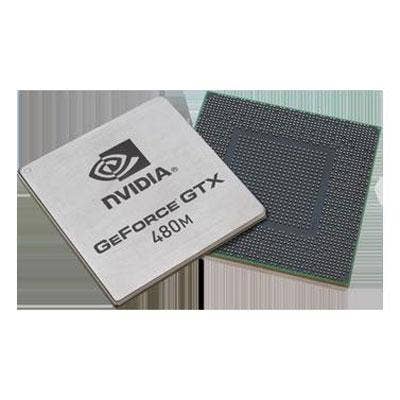
4. Fever For Fermi?
Nvidia unveiled its much-anticipated GeForce GTX 470 and 480 graphics cards on March 29 at the Penny Arcade Expo East in Boston. During the show, Nvidia said the new cards were the best GPUs it had ever built. Still, the cards got a lukewarm reception from reviewers and customers because of heat output and energy consumption concerns.
Still, the new GPUs had a lot of impressive metrics. The GTX 480's 700 MHz graphics clock speed, 1.5 GB of onboard GDDR5 memory, and 480 shader processors amounted to a 200 percent performance increase compared to Nvidia's previous generation GeForce GTX 285 GPU. Better yet, gamers could now experience new PC games in 3D mode. Beyond gaming, the three-billion transistors inside the complex Fermi-based cards reflects Nvidia's advancements in parallel processing and high-performance GPU computing. Later in the year Nvidia released the less expensive and much-improved GTX 460, which made good on Fermi's promise and earned stellar reviews.
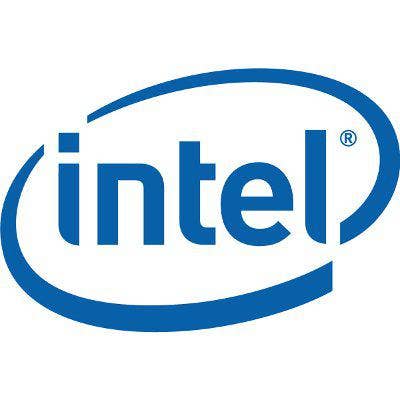
5. Another Antitrust Settlement, But With A Catch
In August, another antitrust saga came to an end for Intel when the chip maker agreed to not pay PC makers and system builders to "exclusively" use its chips -- and avoid products from rivals like AMD -- as part of a sweeping antitrust settlement with the Federal Trade Commission (FTC) that will govern its actions for the next 10 years. Intel also agreed not to redesign its chips to harm them or limit the performance of graphics processing chips made by competitors for the next six years.
But the story didn't end there. On Nov. 3, the FTC modified its agreement with Intel to exclude Intel's "Oak Trail" processor, which is an Atom chip for netbooks and tablet PCs. The FTC said Intel will not be required to maintain the PCI Express Bus on Oak Trail until 2013. Oak Trail, which is scheduled to begin shipping next year, was exempted because the new Atom line was in development prior to the initial agreement.
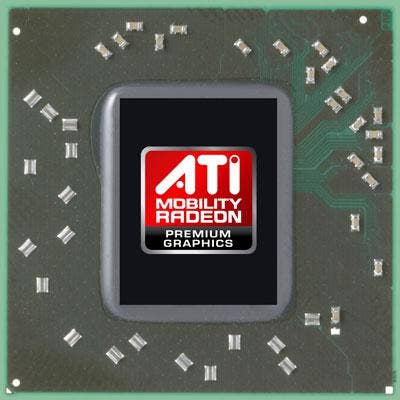
6. Saying Goodbye To ATI
It's the end of an era! In August AMD decided the time had come to retire the 25-year-old ATI brand. Although its Radeon 6000 cards released in November did not bear the ATI name, AMD said it plans to keep the names of ATI's individual product lines, including Firestream, FirePro, and Radeon.
AMD bought ATI, originally known as Array Technologies, for $5.4 billion in 2006 -- which raises the question of why it took AMD so long to retire the ATI brand. AMD's hesitation may have been due to the loyal following the ATI brand attracts in the graphics card market. Nevertheless, the second-largest chipmaker behind Intel overcame that hesitation ahead of the release of its Radeon 6000 series cards, as it moves toward its long-awaited goal of achieving Fusion -- AMD's code-name for the integration of a CPU and GPU on a single piece of silicon.

7. The Intel-McAfee Union
While this is arguably the biggest security story of 2010, it's also a pretty big deal for the chip industry too. Intel made the single biggest acquisition agreement in its long, history with the $7.68 billion deal for security software maker McAfee. And while the addition of McAfee gives Intel a window into a whole new market, the deal also changes Intel's existing processor business by allowing the chip giant to integrate and embed security technology in its hardware. In addition, Intel said it plans to integrate McAfee security technology in other electronic devices and systems besides PCs. With the growing fear of hardware-embedded malware, the Intel-McAfee union could be a game changer.
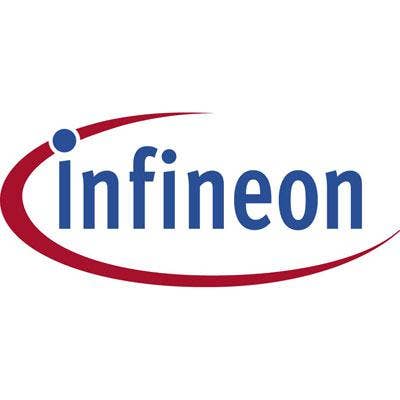
8. A High Wireless Act
Intel's $1.4 billion acquisition deal of Infineon Technologies AG's wireless unit came less than two weeks after Intel agreed to buy security vendor McAfee. In contrast, the Infineon purchase came as less of a surprise, as the two companies were rumored to be close to a deal. Intel had been trying to gain a foothold in mobile device processors for some time and Infineon's unit makes processors for devices such as Apple's iPhone and Samsung's Android-based Galaxy S phones.
Europe's second largest semiconductor manufacturer, Infineon agreed to sell its Wireless Solutions Business, in an all-cash deal, expected to close in the first quarter of 2011. The unit now operates as a stand-alone business with technology featured in upcoming Atom processor-based devices, including smartphones and netbooks running on the Oak Trail platform.
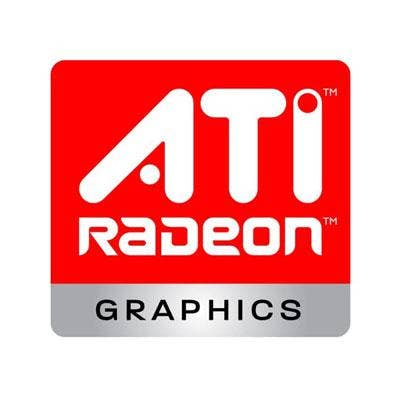
9. AMD Radeon
AMD unveiled its Radeon 6800 series GPUs last month, the first Radeon cards without the ATI brand name. AMD claimed the chips offer 30 percent greater game performance compared to its nearest competitors. In addition, they feature AMD Eyefinity multidisplay technology and AMD Accelerated Parallel Processing, while AMD promised improved power management and efficiency from the latest Radeon models. The DirectX 11 graphics cards boasted enhanced visual detail and fluidity through tessellation and multithreading.
The newest Radeon GPUs are aimed at the market's "sweet spot," or the $179-239 price range. While AMD is marketing the 6800 series as low-priced, low-consumption processors as its highest-end offering, the 5900 series cards actually offer faster performance, which has caused some confusion among customers and criticism from reviewers.
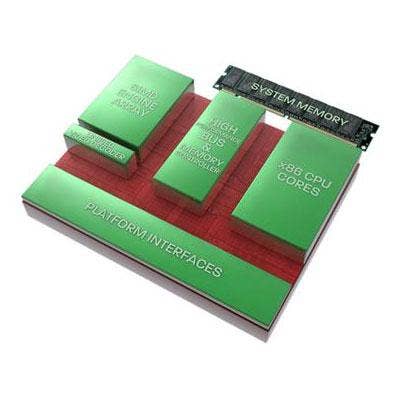
10. Warming Up "Fusion"
AMD on Nov. 10 announced "Zacate," its first Fusion processor combining CPU and GPU technology on a single die, had shipped from its factories in Southeast Asia. The chipmaker offered details of its product strategy emphasizing Fusion at its annual Financial Analyst Day last month. AMD underscored the increasing importance of graphics capability and told analysts that it aims to make the GPU a "first-class citizen" inside the device, along with the GPU. AMD then demonstrated the low-power, lightweight Zacate processor, which is designed primarily for notebooks, while AMD's Ontario APU will power netbooks and other small form-factor embedded devices.
Zacate and Ontario will be generally available in Q1 of 2011. The combination of graphics capabilities on a CPU could make Fusion serious challenger to Intel's Atom processor, and reports have surfaced that Apple may embrace Fusion chips for upcoming iMac and Mac Pro notebooks. If AMD can integrate GPU and CPU technology, it could be a differentiator in its Intel rivalry.